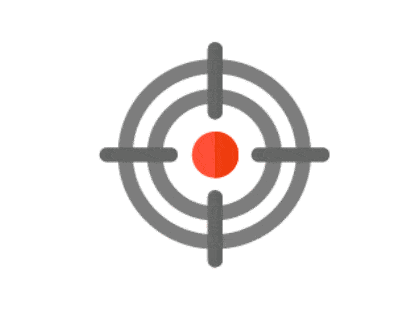
4 Common Challenges Among Caregivers in Assisting with ADLs and IADLs and Their Solutions
Caregivers face unique difficulties when providing assistance for Activities of Daily Living (ADLs) and Instrumental Activities of Daily Living (IADLs). A caregiver-centric approach may assist individuals who require help with ADLs/IADLs by offering support for essential tasks that help ensure independence and quality of life.
Bathing, dressing, and eating are essential daily activities; more complex ones include managing finances, grocery shopping, medication administration or management. In numbers, more than 50% of caregivers are focused primarily on providing personal care. Becoming the primary caregiver to someone unable to properly take care of themselves comes with numerous challenges that strain emotional, physical, and mental resources. Caregivers play an invaluable role by supporting ADL and IADL tasks, essential in maintaining independence and quality of life for their clients.
In this article, we will highlight some of the more frequently experienced challenges when providing ADL and IADL assistance and offer practical strategies to address them effectively.
Differentiating ADLs From IADLs
When comparing IADLs vs ADLs, it's essential to remember that both play vital roles in daily life but represent different levels of functioning. ADLs encompass essential daily self-care tasks like grooming, bathing, toileting, dressing and mobility, while IADLs involve more complex activities such as independently preparing meals, managing household finances and using transportation for tasks such as shopping.
Understanding this distinction is integral for caregivers as it allows them to determine the level of assistance required by loved ones or patients. They may discover that some ADLs can still be performed independently while help is required with IADLs; vice versa may also apply.
Addressing Physical Strain During ADL Assistance
Helping someone manage ADLs can be physically taxing for caregivers who must assist with mobility or patient transport. Bathing, dressing, and moving patients from bed to chair may place immense physical strain on caregivers' bodies, resulting in back pain, muscle strain, or even injury. Over time, these physical challenges may lead to burnout, reducing effectiveness as a caregiver.
One way of meeting this challenge is using assistive devices and mobility aids like grab bars, shower chairs, transfer boards, etc. Equipment like this can ease physical strain when helping someone perform ADLs. Moreover, proper body mechanics training, as well as lifting and transferring techniques may lower injury risks significantly. Furthermore, caregivers might benefit from hiring additional help or home care services for physically demanding tasks like bathing.
Emotional Challenges of Assisting with ADLs and IADLs
People who care for others typically experience emotional stress when they help with personal activities like bathing, using the toilet and getting dressed. This emotional pressure can make caregivers feel uncomfortable if their patient or loved one is having a hard time accepting the loss of independence. The discomfort may lead to more strain, worry and self-doubt, which makes caregiving an emotionally tiring job.
One way of addressing this emotional challenge is maintaining open communication with care recipients, and discussing their individual needs and preferences. Such open communication can help foster more respectful and supportive environments. Furthermore, seeking assistance through caregiving groups or mental health specialists offers caregivers a safe space, where they can express themselves freely while at the same time providing a haven from potential emotional turmoil or worries that might come their way.
Also, it’s very important for caregivers to practice self-compassion, acknowledging that caregiving duties may cause emotional strain. A caring and understanding attitude will go far in relieving some of this emotional strain.
Time Management and Balancing Multiple Responsibilities
Caregivers regularly find it difficult to manage their time because they need to combine taking care of others with work, family and personal duties. Those caregivers helping with ADL or IADL tasks usually feel stuck between the long hours required for such responsibilities and other duties, putting them in a constant cycle of tiredness.
One way of dealing with this challenge is creating an organized schedule with time set aside for caregiving tasks, personal activities, and rest. Time management tools such as planners and calendars, can assist caregivers with organizing their day in an orderly manner while still meeting all responsibilities without feeling overwhelmed.
Final Thoughts
Caregivers of those needing assistance with ADLs and IADLs often encounter multiple difficulties, from physical strain and emotional anxiety to time management and more. With appropriate tools, strategies, and support systems in place, however, caregivers can overcome such hurdles to provide effective caregiving services.
Understanding the subtle differences between ADLs from IADLs, using assistive devices when appropriate, effectively managing time, and seeking emotional and physical support as necessary, contribute to improving the experience for all concerned. Ultimately, this allows caregivers to preserve their well-being while simultaneously providing high-quality care to loved ones or patients in need of ADL or IADL assistance.
Related Post: Bridging the Biopharma Gap with Consulting Firms
Tags

Igor Zagradanin is a content marketing expert with a proven track record of helping businesses by adding value to their brands, and content marketing strategies, as well as educating and connecting with their audiences on a personal level.














